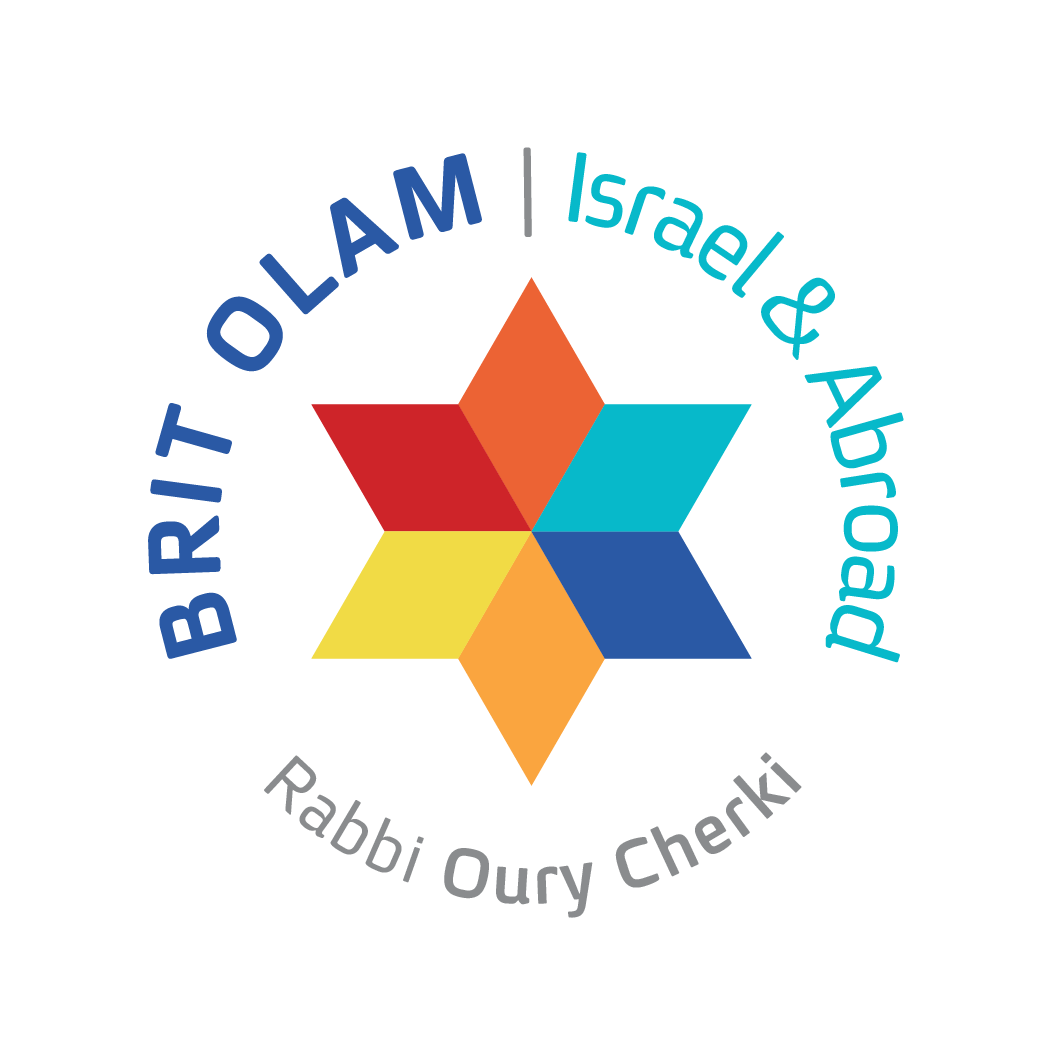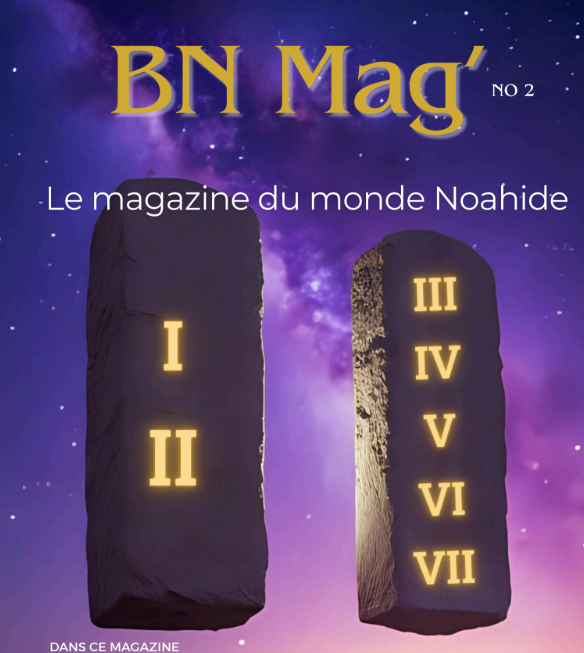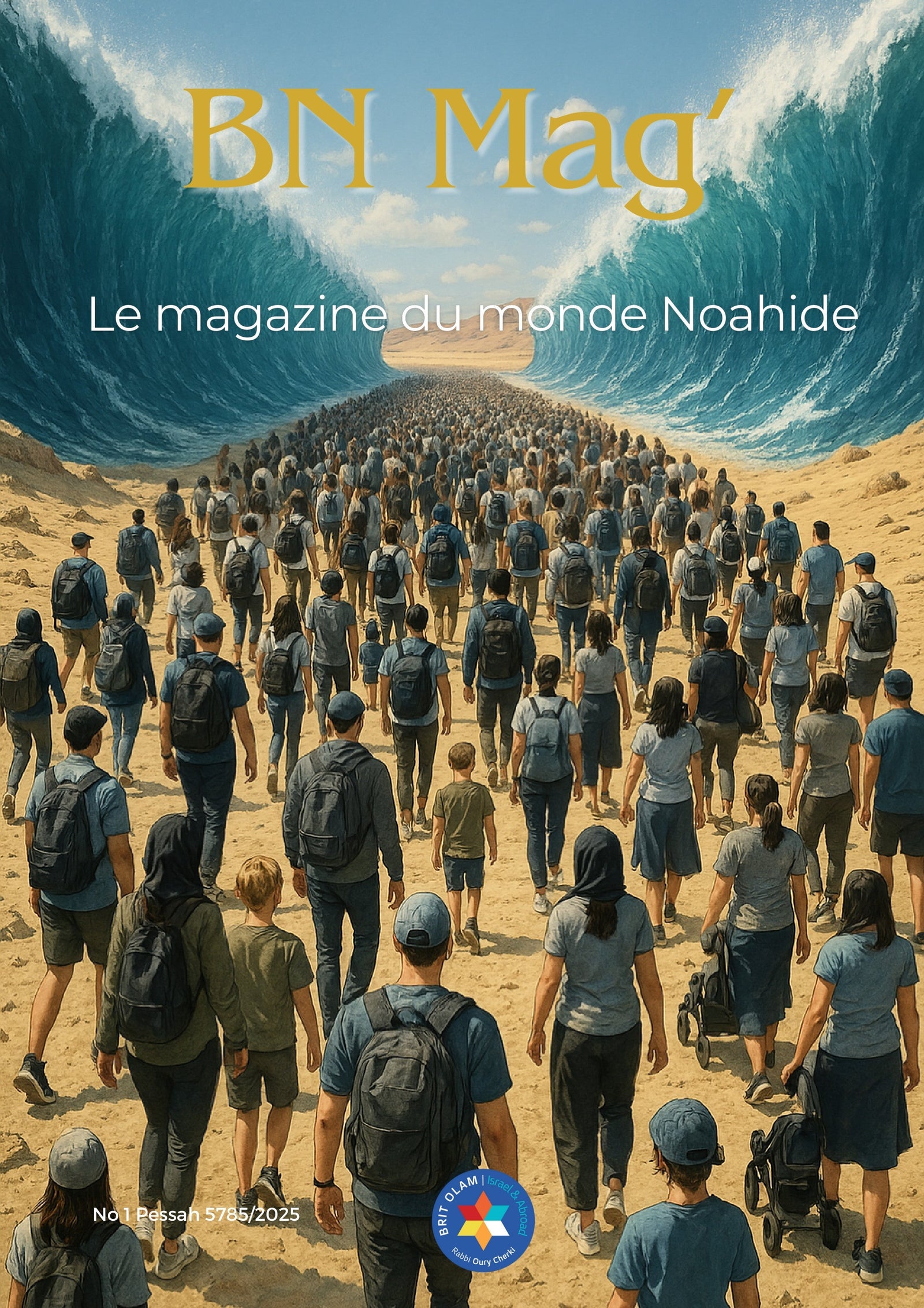A ceremony that is all alliance between man & world as part of the chain of generations
The scene of the blood ritual in the movie "Indiana Jones and the Temple of Doom," in which Priest is seen removing a beating heart from his victim, is an extreme and dramatic example of a cinematic depiction of ancient rituals. These descriptions often present these rituals stereotypically and violently as part of "other" and "primitive" cultures. However, the historical and cultural reality is much more complex. While the movies paint a picture of blood rituals as violent and full of suffering, blood in many cultures has been used as a profound symbol with many meanings, such as life, connection, sacrifice, and purification.
In this context, the blood rituals did not always include human sacrifice but were often used to strengthen social ties, ritual passage, or connection to nature. Examples of this can be found in various Indian ceremonies, in which blood was used symbolically and non-violently to connect, creating an alliance, a covenant between humans and nature, between generations, and between different worlds while establishing a deep and rooted connection.
First World Alliance
In contrast to human rituals intended to connect humans with nature or between themselves, the Bible mainly mentions covenants between our world's Creator and man. These alliances are characterized by two profound differences: First, they are an actual divine decision, not a human imagination that tries to connect man with nature or someone else. Second, making a covenant between God and man is unchangeable by man, making it a more profound spiritual dimension.
For example, the difference between the divine and human covenants is particularly striking in the covenant between God and Noah after the flood. Unlike tribal rituals, where blood is sometimes used as a binding agent, no blood ritual is mentioned in the covenant with Noah. The covenant is based on a divine promise that there will be no more flood, and the external sign of the covenant is the rainbow. This covenant does not result from human action but divine decision, binding God and man.
The covenant with Noah is the first covenant between God, our world's Creator, and Man. It is referred to in the Bible as the "Everlasting covenant." or "Eternal Covenant" (In Hebre: ברית עולם, Pronounce as Brit-Olam, which contain both understandings). It is called that both in the sense of time since God promises that a flood will never return to the world, and in the sense of influence, since this covenant applies to the whole world and all the souls living in it. The covenant with Noah is the basis of all the covenants that will follow, and it expresses the divine will To sustain the world and not destroy it as was done in the flood.
A world covenant in the afterlife - redemption of Israel and redemption for the world
Now, we will skip to the last time that the phrase 'universal covenant' or 'Everlasting covenant' [Brit-Olam] - is mentioned in the Bible, as it is presented in the book of Ezekiel, chapter 16, verse 20. According to the prophet, Israel and the world will be redeemed by the Jewish people returning to their land and reunifying the divided kingdom, Judah & Joseph. This event will symbolize the renewal of God's covenant with Israel. The prophet Ezekiel is symbolically asked to take trees and gather them together as a metaphor for the unification of the people.
The covenant made here is different from the covenant made with Noah. While the covenant with Noah emphasizes the promise that there will be no more floods, here, the emphasis is on the people's unification and return to their land. This covenant guarantees the restoration of the Jewish people and the renewal of their relationship with the Creator of the world.
Another important aspect is the global influence of this alliance. Beyond the unification of the Jewish people, the covenant heralds a new era in which all humanity will enter into peace and tranquility out of unity. The very redemption of the people of Israel is seen as a significant cause of this change in the world, as it can already be seen today among people from the world's nations. The idea hidden between the lines is that the Jewish people, after undergoing a process of repentance and correction, will serve as a model for imitation and a blessing for all nations.
The book of Ezekiel can be seen as a promise that the world covenant is not just a one-time historical event but an ongoing process. The covenant with Noah marked its beginning, and the covenant of redemption in the Book of Ezekiel indicates its completion. However, the covenant is not static but dynamic. It renews itself and changes according to the periods and circumstances.
In conclusion, The world covenant, as presented in the book of Ezekiel, is a covenant of hope and a new beginning. It guarantees not only the redemption of the Jewish people but also the peace of the entire world. This covenant invites us to believe in a better future where all humanity can live in peace and cooperation.
Brit Olam - heritage and future
The literal accuracy of the Bible reveals to us a fascinating pattern: The first time that 'Brit Olam' is mentioned, it is addressed to everyone in the world, a universal promise. But the last time this phrase appears, it is aimed directly at the people of Israel. Paradoxically, it is through this specific focus on Israel that the universal promise is fulfilled. Our Father Abraham was promised: 'And all the families of the earth will be blessed in you.' [Genesis 12:3]
This is precisely why we chose to adopt the name 'Brit Olam' for our association. The correction and unification within Israeli society and the aspiration to correct the world are inseparable parts of that world covenant. We can influence the world by bringing the Noahide mission out of the deep understanding of the particular period we live in - the period of the Hebrew redemption. The return of the people of Israel to their land is a historical turning point, and it is the one that motivates many people to connect with us and work for a better world.
To conclude our study, let's consider the time and place where all of God's covenants will be fulfilled. Zechariah 14:16 describes this scene: "And it will come to pass that everyone left of the nations who came up against Jerusalem will go up from year to year to prostrate himself to the King, the Lord of Hosts, and to celebrate the festival of Tabernacles." - This passage outlines the timeframe—after the Hebrew nation's victory in Jerusalem—and the location—the Temple Mount. We look forward to witnessing this fulfillment together shortly—blessings from Jerusalem.



